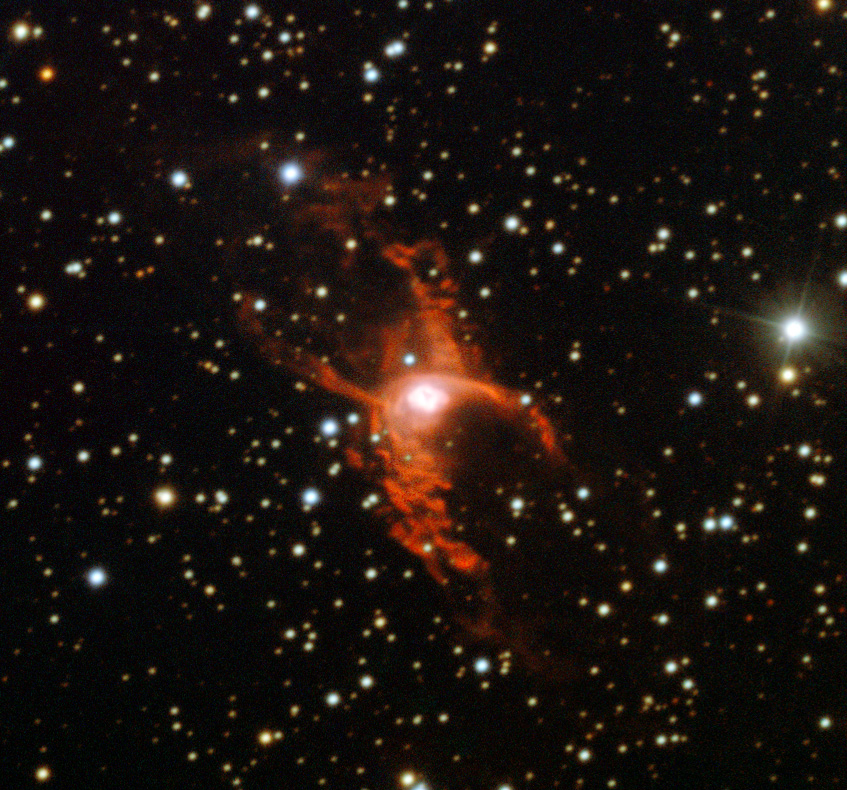An international team of astronomers has found a new kind of spider star in space. Scientists discovered this star using observations from the telescope that has now been destroyed.
These Spider stars are formed in binary systems. When a super-giant star collapses, it becomes a neutron star or white dwarf. In this process, it sometimes rips material from nearby stars – similar to how spiders gulp their partners.
Astronomers spot these spider stars by observing their regular cosmic ray outbursts. Spider stars act like precise clocks in the sky, whirling around at least once every 30 milliseconds. These stars flash like a lighthouse with each rotation and are very predictable. So, scientists are planning to use the location of various pulsars to create a kind of “celestial GPS.”
Roger Romani, a member of the Kavli Institute for Particle Astrophysics and Cosmology, said, “The essential features of black widow and redback binaries are that they place a normal but very low-mass star in close proximity to a millisecond pulsar, which has disastrous consequences for the star,”
Spider stars are of two types black widows, and redbacks. Black widow spider stars are with semi-degenerate companion stars. These are formed when the companion star has a comparatively low mass (under 0.1 solar masses). However, redback spider stars are formed when the secondary star is heavier.
Astronomers discovered eight of these stars using the Arecibo Observatory in Puerto Rico.







